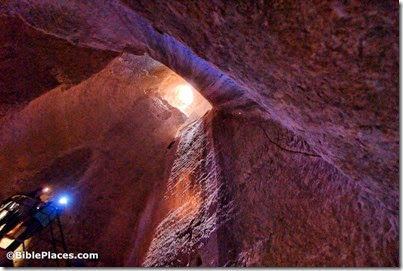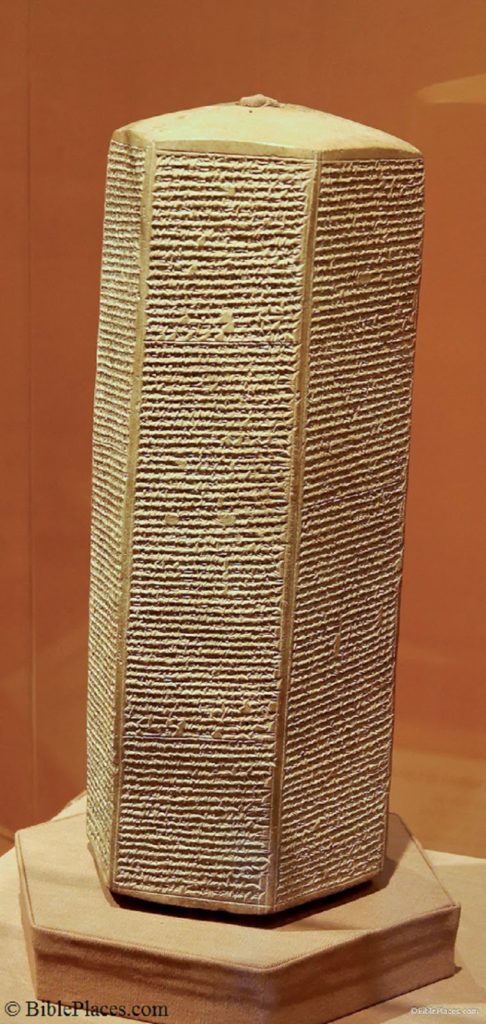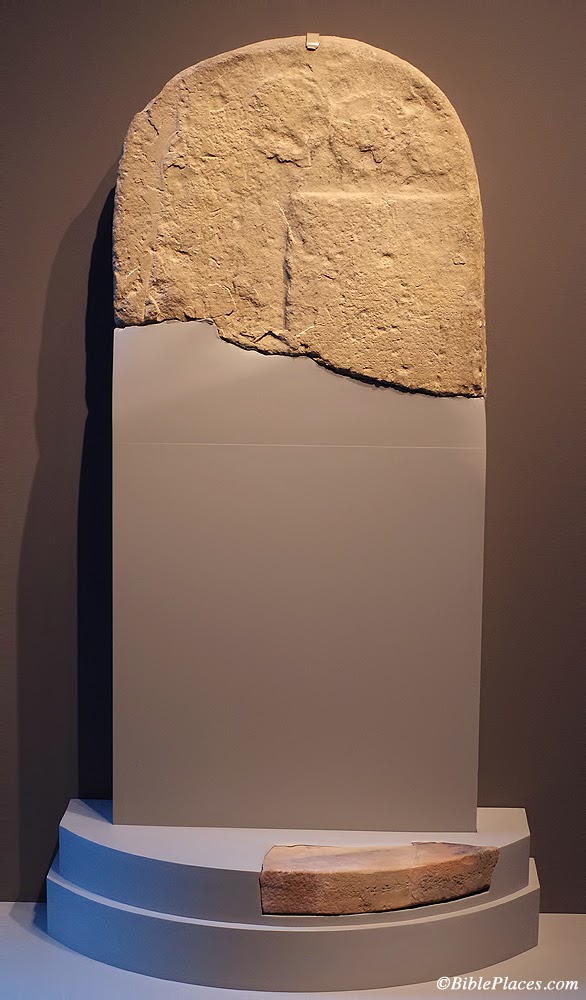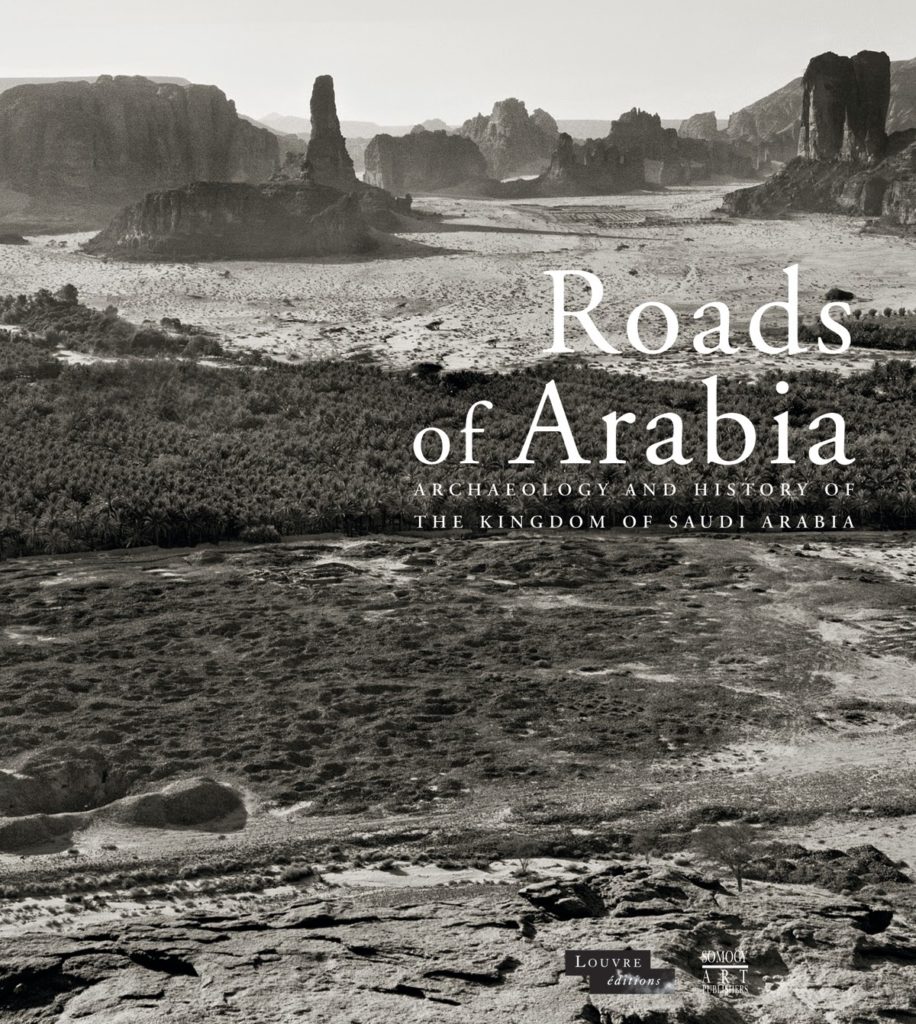(Post by A.D. Riddle)
A friend and I recently took a 24-hour road trip to Kansas City, Missouri to see the “Roads of Arabia” exhibition. We have been following the exhibition on this blog since just after it began showing in 2010 (see
here), and it looks like Missouri is about as close as it was ever going to get to where I live.
The exhibition was larger than I had envisioned and it took about four-five hours to explore most of the exhibit (we had to skim over some parts). It begins with stone tools from the Lower Paleolithic and works its way up to the modern kingdom of Saudi Arabia. I learned a lot of interesting things, and there were a few surprises. Writing the curator in advance ensured I was able to take photographs, but that did not stop guards and docents from stopping us several times and telling us photography was not permitted. If you visit the exhibit, do not assume you will be able to take pictures—find out ahead of time, if that is something you want to do.
My interest in going was motivated by (1) the difficulty (or impossibility) of ever visiting Saudi Arabia to see these objects and sites, and (2) the occasional connections to Arabia sprinkled throughout the Bible. In particular, the exhibit displayed a number of objects from these biblical sites/kingdoms:
- Midian
- Dedan
- Kedar (Qedar)
- Sheba/Sabeans
- Tema
- Nabateans
Stela of Babylonian king Nabonidus from Tema.
The exhibition catalog was available in the museum store for $70, and after him-hawin’ over the price tag, I decided to get it. It was well-worth the cost.
Al-Ghabban, Ali Ibrahim; Béatrice André-Salvini; Françoise Demange; Carine Juvin; and Marianne Cotty, eds.
2010 Roads of Arabia: Archaeology and History of the Kingdom of Saudi Arabia. Paris: Somogy Art Publishers and Musée du Louvre; Washington, D.C.: Arthur M. Sackler Gallery, Smithsonian Institution.
The volume is 607 pages long, and it is far more than a catalog. Not only does it have high-quality color photographs of all the objects on display, it has chapters on archaeology and history, each accompanied by maps, site plans, drawings and photographs. The chapters that caught my eye were:
- “Geographic Introduction to the Arabian Peninsula,” by Paul Sanlaville
- “The Story of the Origins,” by D. T. Potts
- “Antiquity,” by Christian Julien Robin
- “Languages and Scripts,” by Christian Julien Robin
- “The Frankincense Caravans,” by Françoise Demange
- “North-Eastern Arabia (circa 5000-2000 BC),” by D. T. Potts
- “The Kingdom of Midian,” by Abdulaziz bin Saud Al-Ghauzzi
- “The Oasis of Tayma,” by Arnulf Hausleiter
- “Dedan (al-Ula),” by Said F. Al-Said
- “The Kingdom of Lihyan,” by Hussein bin Ali Abu Al-Hasan
The full table of contents is available in pdf
here.
The book does not appear to be affordably priced at Amazon ($221), but it can be ordered from the Smithsonian ($79.50 including shipping) or from the Nelson-Atkins Museum of Art ($82.50 including shipping). One blogger gives something of a book review here with several snapshots of pages.
Here is a list of stops the “Roads of Arabia” exhibition has made since it opened in 2010.
2010
Jul 14–Sep 27 Musée du Louvre, Paris
Nov 12–Feb 27 CaixaForum, Barcelona
2011
May 17–Sep 4 The State Hermitage Museum, St. Petersburg
2012
Jan 26–Apr 9 Pergamon Museum, Berlin
Nov 17–Feb 24 Smithsonian Institution’s Arthur M. Sackler Gallery, Washington, DC
2013
Jun 15–Nov 4 Carnegie Museum of Natural History, Pittsburgh
Dec 22–Mar 9 The Museum of Fine Arts, Houston
2014
Apr 25–Jul 6 Neslon-Atkins Museum of Art, Kansas City, MO
Oct 17–Jan 18 Asian Art Museum, San Francisco
I continue to see notices that the exhibition will show in Chicago and Boston, but no locations or dates have been given yet.




